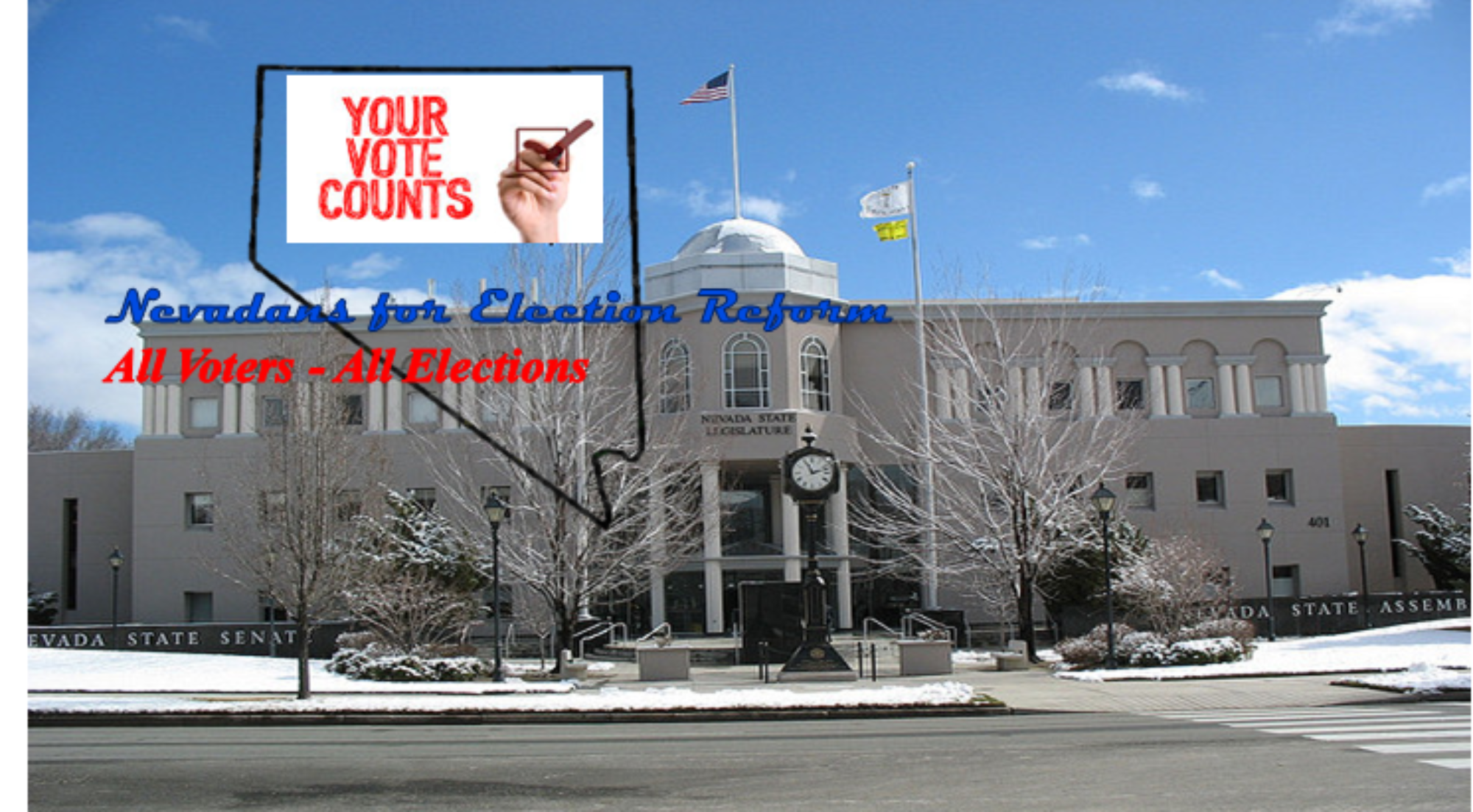A single election in November using Ranked Choice / Instant Run-off Voting (RCV / IRV) is among the top methods to create lasting structural election reform. That is the finding of a study conducted by 14 leading political science and election law scholars. The study, released in January, 2016 was done in coordination with FairVote.org. The full study can be read here.
The focus of the study was what structural changes to current election methods would provide the most positive long-term benefits. It looked at both changes to primary and general elections.
The top structural reforms all involved the use of RCV / IRV in the general election. Changes to the primary election, such as a Top-Two open non-partisan primary currently in use in California, Washington, Nebraska, and Louisiana, were judged not to be as effective because they have not shown impact / change to the choices offered in the general election. Changes to primary election structure were also not considered as effective when compared to structural changes in general election processes due to lower turnout and domination of partisan voters in primary elections. When evaluating each structural change, the panel looked at:
· Legislative Functionality: Evidence-based, long-term policymaking; majoritarian policymaking; independence of legislators from party leadership
· Electoral Accountability: Voter ability to flip partisan control of chamber; incumbent turnover; responsiveness of outcomes to electoral shifts
· Voter Engagement: Increase in voters experiencing competitive elections; general election turnout; primary election turnout; year-round citizen engagement with officials; to what degree elections inform voters
· Openness of Process: Influence of unaffiliated voters; influence of independent and minor-party candidates; breadth of opinion represented in elected office; representation of women; representation of racial minorities
Structural change to an institutional process such as elections is rarely easy. It becomes easy when the need for change is known. When the details of the change are provided to those responsible for making and implementing the change, it becomes a matter of will.
Voter registration trends, negative campaigns, highly partisan legislative sessions, and outrage to the single party primary change made during the last Nevada legislative session attest to the need for structural election reform. The Nevada Senate Legislative Operations and Elections Committee took the first steps towards implementing change in 2015 by filing Bill Draft Request (BDR) 1149 and giving a hearing to SB 499. The Nevada legislature can finish the job started in 2015 by introducing and passing the Nevada Election Modernization and Reform Act for 2017 (NEMRA – 2017) during the session that begins in three months.
